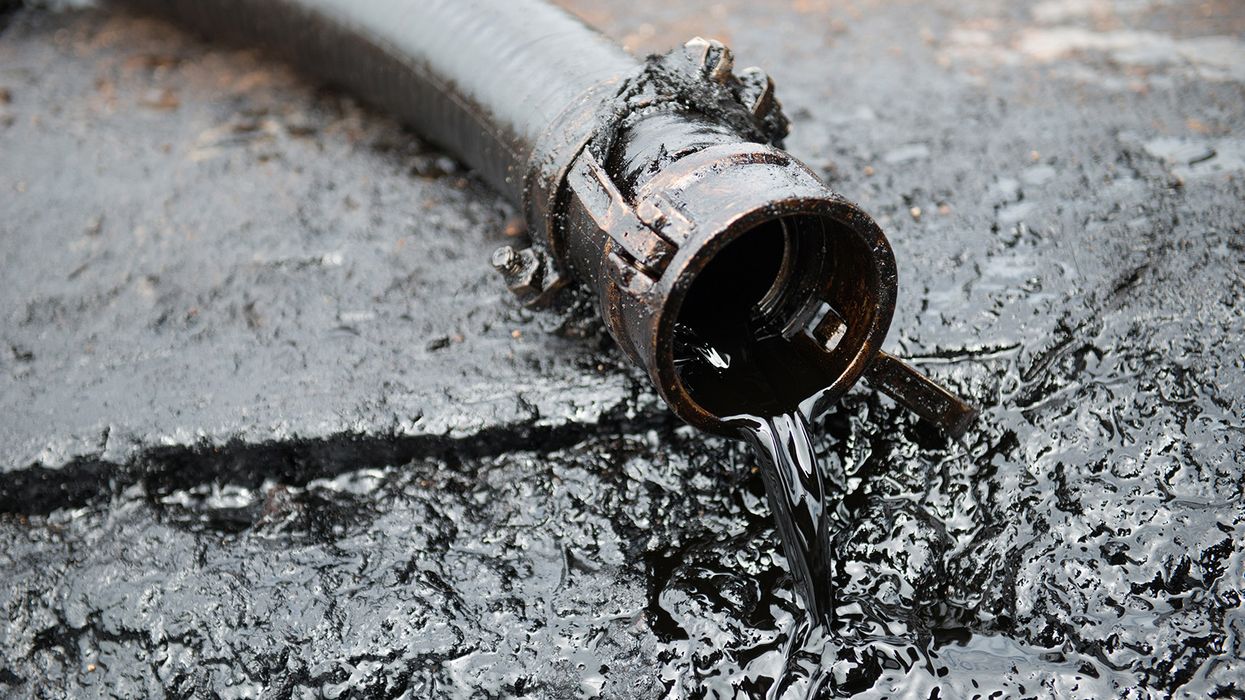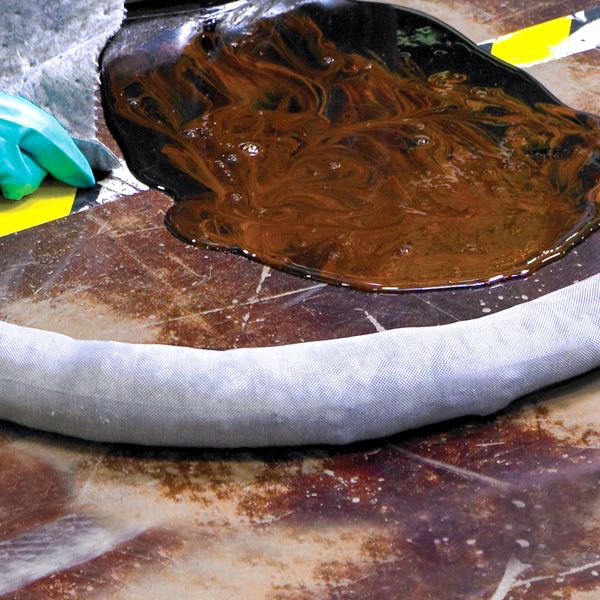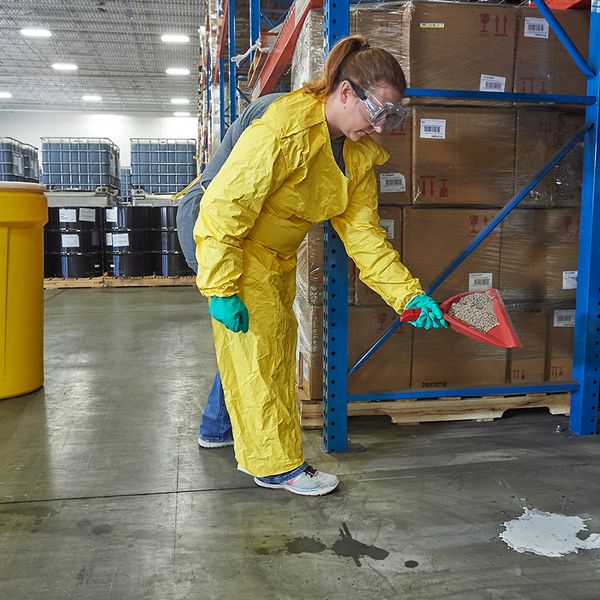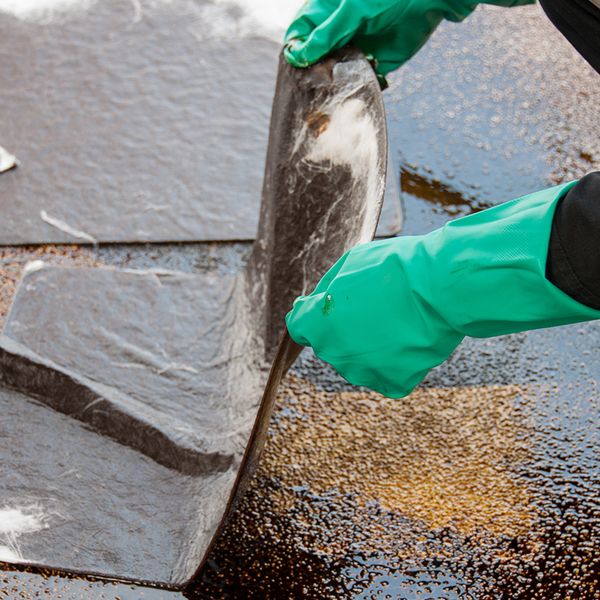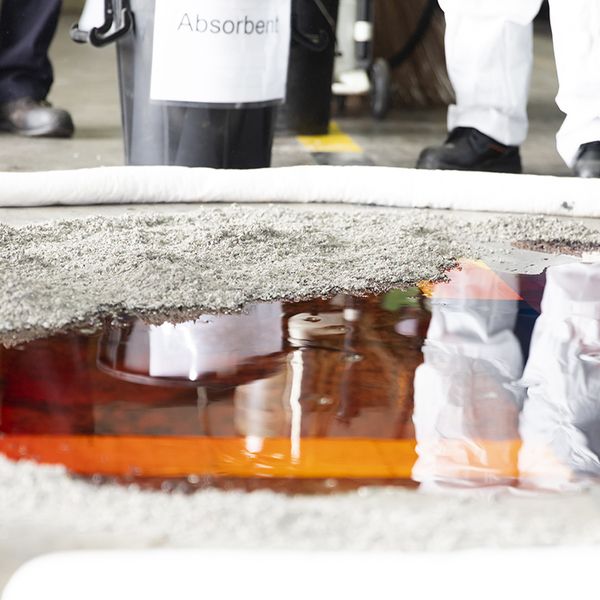Take control of spills before they take control of you
Whether a spill is the result of equipment malfunction, a container leak, a tank overfill, or a transport incident, the danger of loss to life, property damage, and harmful environmental impacts is real. Spills can halt operations, fuel fires and explosions, endanger workers and the public, contaminate drinking water, and lead to hefty government fines.
We’ve seen headlines about spills with catastrophic consequences. Federal data show that 23,510 spill incidents were reported to the National Response Center in calendar year 2022. That’s almost 2,000 per month! You might say it’s not “if” chemical spills will happen but “when.” They can occur any time in any weather.
| Click these links for two related articles — “The Ultimate Guide to Building Your Spill Kit,” and “New CSB Guidance Covers Spill Reporting under Part 1604.” |
You are not powerless though. There are nine important steps you can take. These steps are not necessarily sequential. The first four happen before a spill, and the last five happen after a spill. In all cases, follow good engineering practices and applicable codes and regulations.
1. Prevent spills
Preventing spills is the best method for mitigating damage:
- Refer to the safety data sheet (SDS) for safe handling/storage guidance.
- Use containers suitable for the substance.
- Ensure overfill prevention and sized secondary containment are provided.
- When transferring substances, know the container capacity and transfer slowly.
- Pre-deploy drain covers and sorbent material prior to transfers.
- Periodically inspect pipes/containers and use non-destructive testing to evaluate integrity.
- Prevent unauthorized access to containers.
- Ensure enough lighting to deter vandals.
Click the following links to learn more about spill kits and secondary containment!
2. Plan for spills
Planning is essential because decisive action is required when a spill occurs:
- Develop and implement a spill response plan.
- Refer to the SDS for first aid, firefighting, and accidental release measures.
- See the container label/marking for any spill response protocols.
- Use DOT’s Emergency Response Guidebook to determine isolation distances and fire/spill control steps for each substance.
3. Get equipped
In any spill situation, equipment is needed:
- Determine the contents of a spill kit or station according to the needs of your operation.
- Select response equipment based on:
- Potential spill types and volumes,
- Potential hazards,
- Capabilities and estimated response times of off-site responders,
- Number of site workers, and
- Estimated number of response personnel.
- Locate spill equipment where it’s needed.
4. Get trained
Untrained workers could put themselves and coworkers at risk. Get them trained:
- Training helps your workers assess a spill situation, recognize spill hazards, understand what they can do safely, and know how to respond.
- Proper training may include Hazardous Waste Operations and Emergency Response (HAZWOPER), Hazard Communication, Personal Protective Equipment (PPE), Emergency Action Plan, Hazardous Waste, Oil Spill, and other topics.
5. Make notifications
Once a spill is discovered, you should have a plan for that worker:
- Get to a safe area.
- Pay attention to details while leaving, like the chemical involved, but do not dawdle at the scene.
- Contact the proper personnel promptly, as listed on your company’s emergency plan.
That contact will initiate any necessary evacuation or shelter-in-place procedure and reach out to designated responders. Government agencies may require you to report the spill/release.
6. Size up the spill
Responders should not rush into response. OSHA recommends sizing up the situation:
- Notify personnel and size up the spill conditions.
- Stay clear of vapors, fumes, smoke, and spills.
- Quickly evaluate casualties, the substance and its hazards, and response capabilities.
- Use indicators like container shapes, labels, SDSs, and odors to identify the substance.
- Request necessary aid from outside sources.
- Allocate personnel and equipment for response.
7. Select PPE ensembles
Anyone entering a spill area must be protected:
- PPE and chemical protective clothing (CPC) is intended to shield/isolate workers from exposure.
- Select PPE and CPC based on actual/suspected hazards, routes of exposure, and performance of equipment or clothing.
- Refer to SDSs, your spill response plan, and step 6 information to select PPE and CPC.
- Use PPE and CPC along with other control measures.
8. Respond properly
Decide what needs to be done:
- Use the buddy system within the spill area.
- Take care of victims.
- Evacuate workers and the public.
- Promptly confine, contain, or otherwise control the spill hazard.
- Clean up and decontaminate the spill area.
- Dispose of the waste properly.
- Ship the waste properly.
9. Take follow-up action
To end the response process, take further sub-steps:
- Debrief by meeting with all responders to share and gather information for an incident report.
- Critique the response by reviewing the cause of the spill, how it could have been prevented, how the response effort went right, how it can be improved, etc.
- Keep any required exposure, medical, monitoring, or incident records.
- Review and update related written plans.
- Restock equipment and supplies.
Key to remember: You are not powerless to spills. There are nine important steps you can take.

